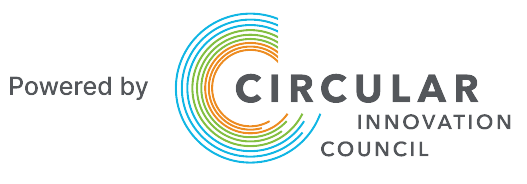Translating good intentions into tangible actions with meaningful impact is where business leaders can improve their sustainability outlook.
Businesses should adjust their supply chains to drive change
Supplier relationships need to mature from often transactional, bulk component manufacturers to collaborative partners in order to develop and implement sustainable best practices, design and materials.
As 80% of global businesses’ overall environmental impact comes from the Scope 3 supply chains, they need to look beyond their own boundaries to begin tackling these issues. However, a 2020 report from the Massachusetts Institute of Technology (MIT) Center for Transportation and Logistics and Council of Supply Chain Management Professionals (CSCMP) found that 35% of businesses still do not have any sustainability targets within the supply chain. The social impact of the supply chain cannot be underestimated, especially when coping with pandemic-led struggles and hurdles.
More than 80% of global businesses reported their supply chains were negatively impacted by the Coronavirus disease (COVID-19) crisis, with a vast majority struggling across all aspects of their operations, according to new research from the Capgemini Research Institute. The pandemic has forced organizations to prioritize supply chain resilience, with two-thirds expressing that their supply chain strategy will need to change significantly in order to adapt to the new normal. Only 14% of organizations are expecting a return to business-as-usual in 2021.
In today’s global networks, supply chains pose risks for any business because of financial, productivity, reputation, or other factors. As a result of the pandemic, businesses should not throw out old practices by default; rather, they should seek to create visibility, which enables fact-based, risk-informed decisions. Businesses should seek to understand how they can create stronger relationships with suppliers and prepare for any crisis in their supply chains, not matter how large or insurmountable.
The role of green procurement
Green procurement plays an essential role in driving sustainability, and is often the missing link between stakeholders, suppliers and commercial teams. As sustainability goals continue to trend in 2021 and beyond, companies and suppliers need to focus on practical, incremental green improvements that balance cost and efficiency in their supply chain to create and meet short-term goals.
A rigorous approach to sustainability can create new opportunities, drive innovation, and lead to real social value. Certain innovations such as motion sensor or LED lights in warehouses and idle areas could be adopted quickly, saving energy, costs and potential tax benefits. Small changes such as this could create tangible cost benefits while also being better for the planet. Other examples of small sustainability innovations for business leaders include the implementation of packaging optimization, specifically recycled materials limiting dumping into local landfills. Through measures such as these, businesses and customers would be able to see the local social impact, which has been a huge focus across sustainability campaigns.
Green procurement helps companies develop and assess their future business goals in sustainability, introducing sustainability initiatives to more companies and communities. Procurement teams should also liaison between the supply chain and commercial teams to identify what sustainability and social impact initiatives will influence customer purchasing habits.

